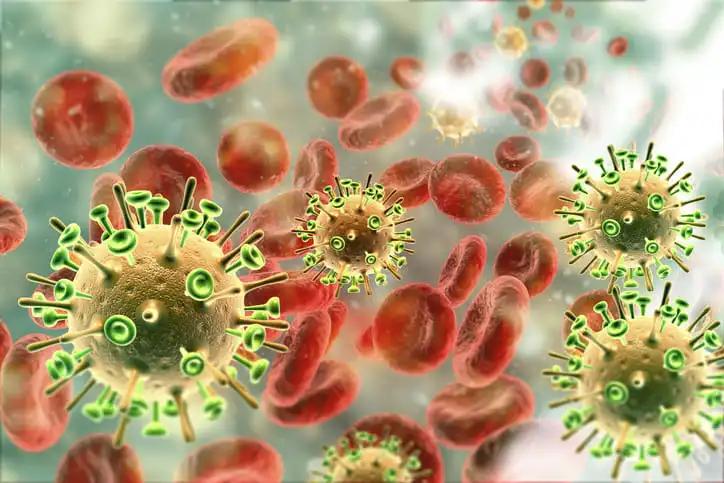KEY TAKEAWAYS
- The phase 2 study compared the perioperative results of the gemcitabine, cisplatin (GC), and atezolizumab (A) therapy vs. GC alone in MIBC patients.
- Matching was done based on various factors, including BMI, comorbidity index, surgical approach, clinical stage, and smoking status.
- The trial showed no significant differences in perioperative surgical outcomes between the GC+A group and the matched cohort that received only the GC regimen.
The multicenter phase II trial of neoadjuvant gemcitabine, cisplatin (GC), and atezolizumab (A) therapy in individuals diagnosed with muscle-invasive bladder cancer (MIBC) demonstrated favorable safety and efficacy outcomes. Adding atezolizumab (A) to the GC regimen led to a 69% reduction in MIBC downstaging (below T2N0). Still, it did not result in significant toxicity that hindered patients from undergoing timely radical cystectomy (RC). This study’s primary objective was to detail the perioperative results achieved by the GC+A group compared to a matched set of MIBC patients(pts) who administered the GC regimen.
Patients (pts) who underwent RC following GC+A in the trial were subjected to a 2:1 nearest neighbor matching process. This matching aimed to pair them with a contemporary cohort of 72 pts who administered neoadjuvant GC followed by RC at Memorial Sloan Kettering Cancer Center between February 2018 and May 2020. The matching criteria encompassed factors such as body mass index (BMI), age-adjusted Charlson comorbidity index, surgical approach, ASA score, clinical stage, and smoking status. Statistical analysis employed either Wilcoxon Rank Sum tests or Fisher’s Exact tests to assess the disparities in surgical outcomes between the two treatment groups. To account for any remaining discrepancies, logistic regression models were utilized for categorical outcomes, while linear models were applied for continuous results, stratified based on propensity score quartiles to ensure proper adjustment.
The group’s median age was 67 years, from 37 to 80. Most of the cohort were males (75%) with clinical stage T2 or lower (79%). There were no significant differences in perioperative surgical outcomes between the two groups. Logistic regression models, which were adjusted for propensity score quartiles, demonstrated no discernible correlation between the type of treatment and postoperative transfusion (OR: 0.52, 95% CI: 0.22 – 1.23) or readmission within 30 days(OR: 0.57, 95% CI: 0.20 – 1.62). Grade 3 or higher adverse events (AEs) in both the GC+A and GC groups stood at 19.4% and 22.2%, respectively (p=0.7).
Incorporating neoadjuvant atezolizumab into the gemcitabine/cisplatin treatment protocol for individuals with MIBC undergoing radical cystectomy did not yield notably increased perioperative complications in comparison to a contemporary cohort of patients who solely received GC.
Source: https://www.auajournals.org/doi/10.1097/JU.0000000000003334.08
Clinical Trial: https://classic.clinicaltrials.gov/ct2/show/NCT02989584
Mouzannar, Ali; Whiting, Karissa; Ostrovnaya, Irina; Katims, Andrew; Durdin, Trey; Feuer, Zachary; Lattanzi, Michael; Al-Ahmadie, Hikmat; Quinlan, Colleen; Teo, Min; Aggen, David; Truong, Hong; Kamradt, Jeffrey; Khalil, Maged; Lash, Bradley; Regazzi, Ashley; Jihad, Marwah; Ratna, Neha; Boswell, Abigail; Yang, Yuanquan; Pohar, Kamal; Herr, Harry; Donat, Sherri; Pietzak, Eugene; Cha, Eugene; Donahue, Timothy; Huang, William; Bajorin, Dean; Iyer, Gopakumar; Bochner, Bernard; Mortazavi, Amir; Balar, Arjun; Rosenberg, Jonathan; Funt, Samuel; Goh, Alvin PD36-08 PERIOPERATIVE OUTCOMES OF RADICAL CYSTECTOMY FOLLOWING NEOADJUVANT GEMCITABINE, CISPLATIN AND ATEZOLIZUMAB, Journal of Urology: April 2023 – Volume 209 – Issue Supplement 4 doi: 10.1097/JU.0000000000003334.08



